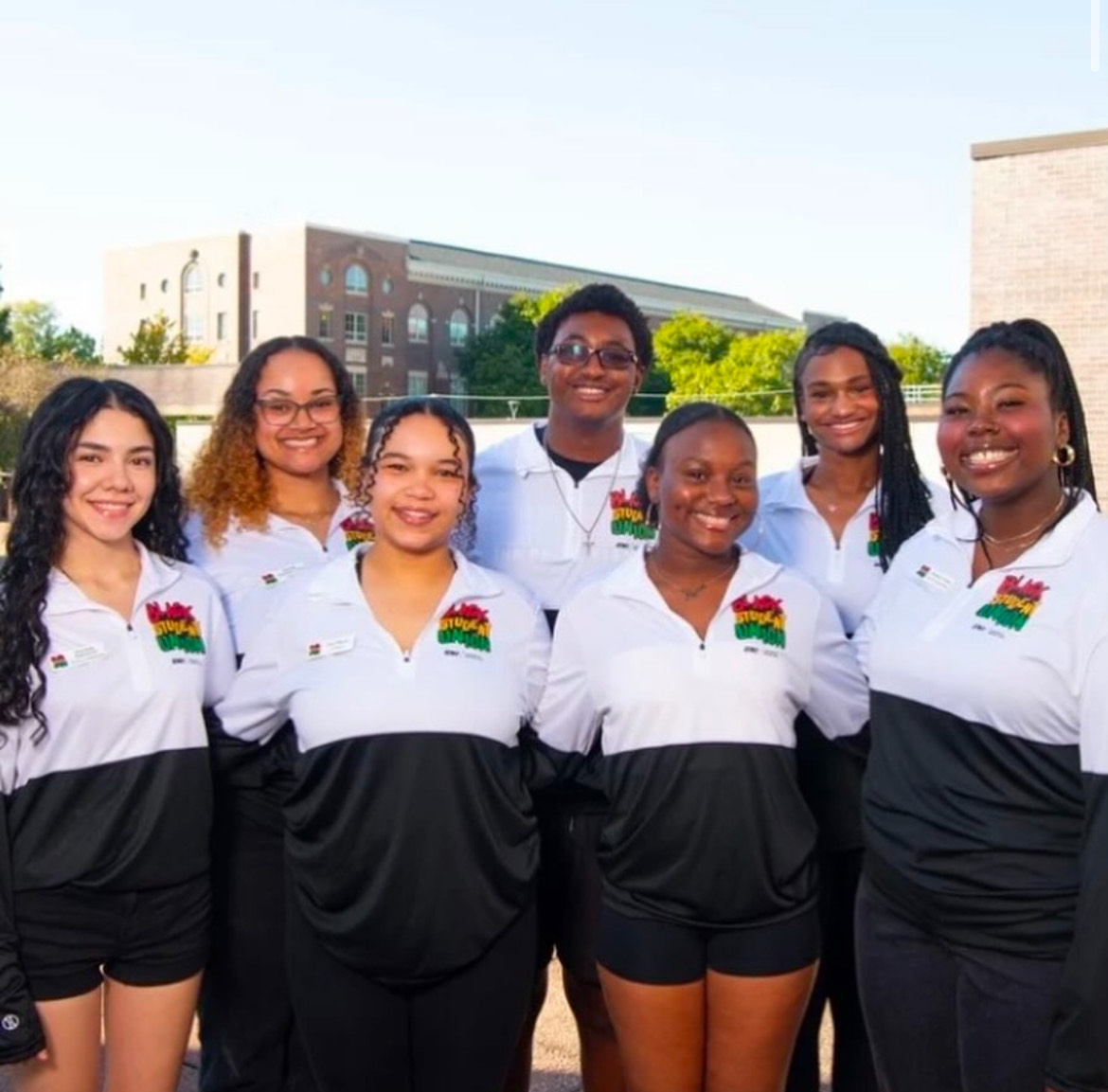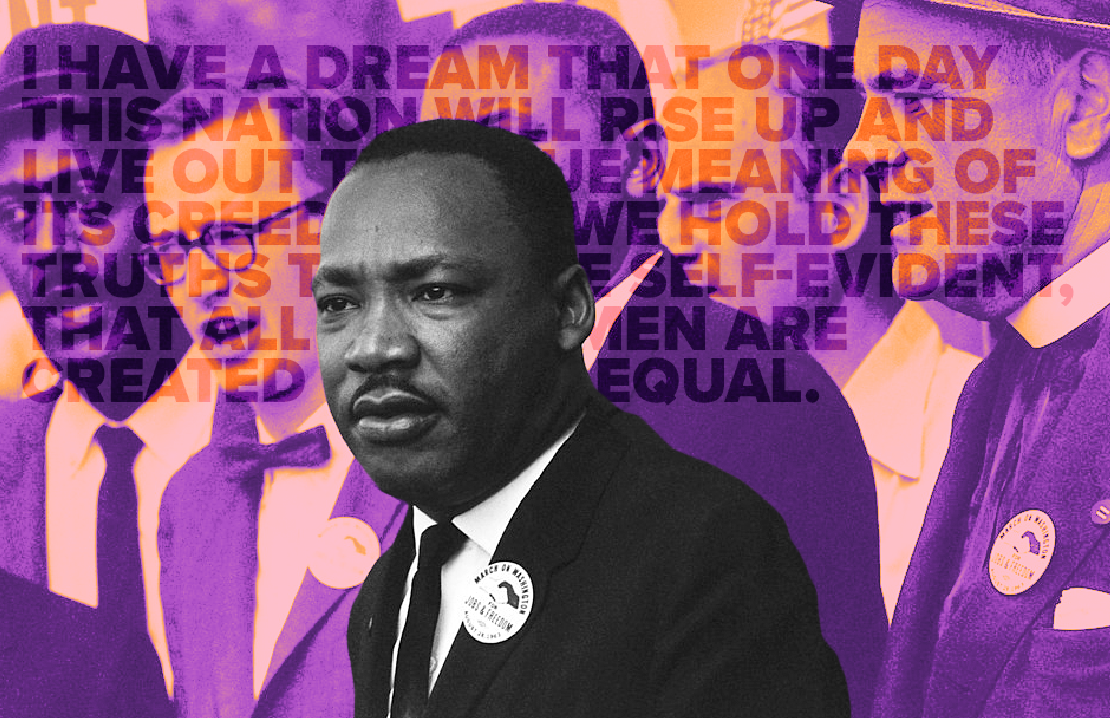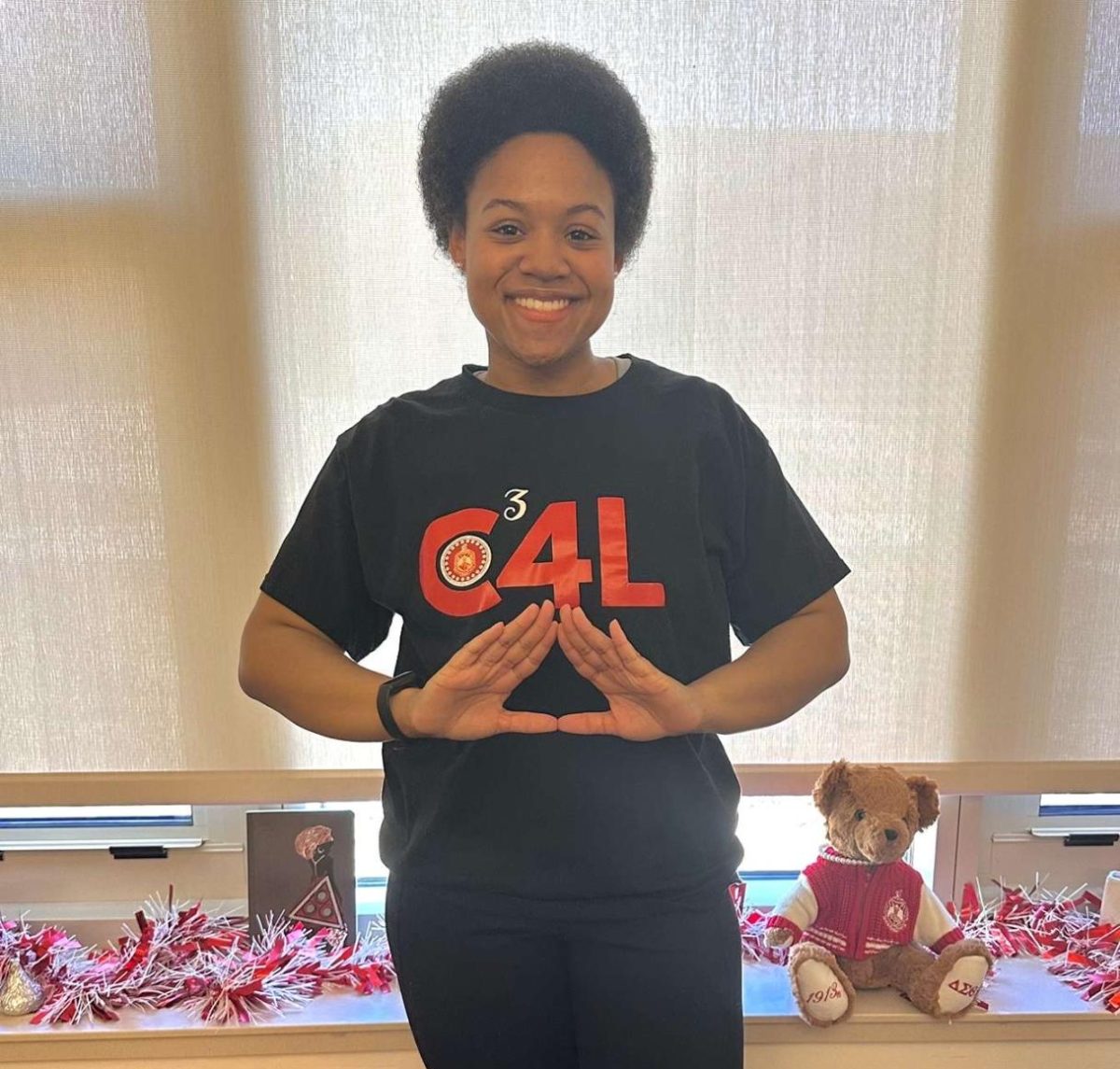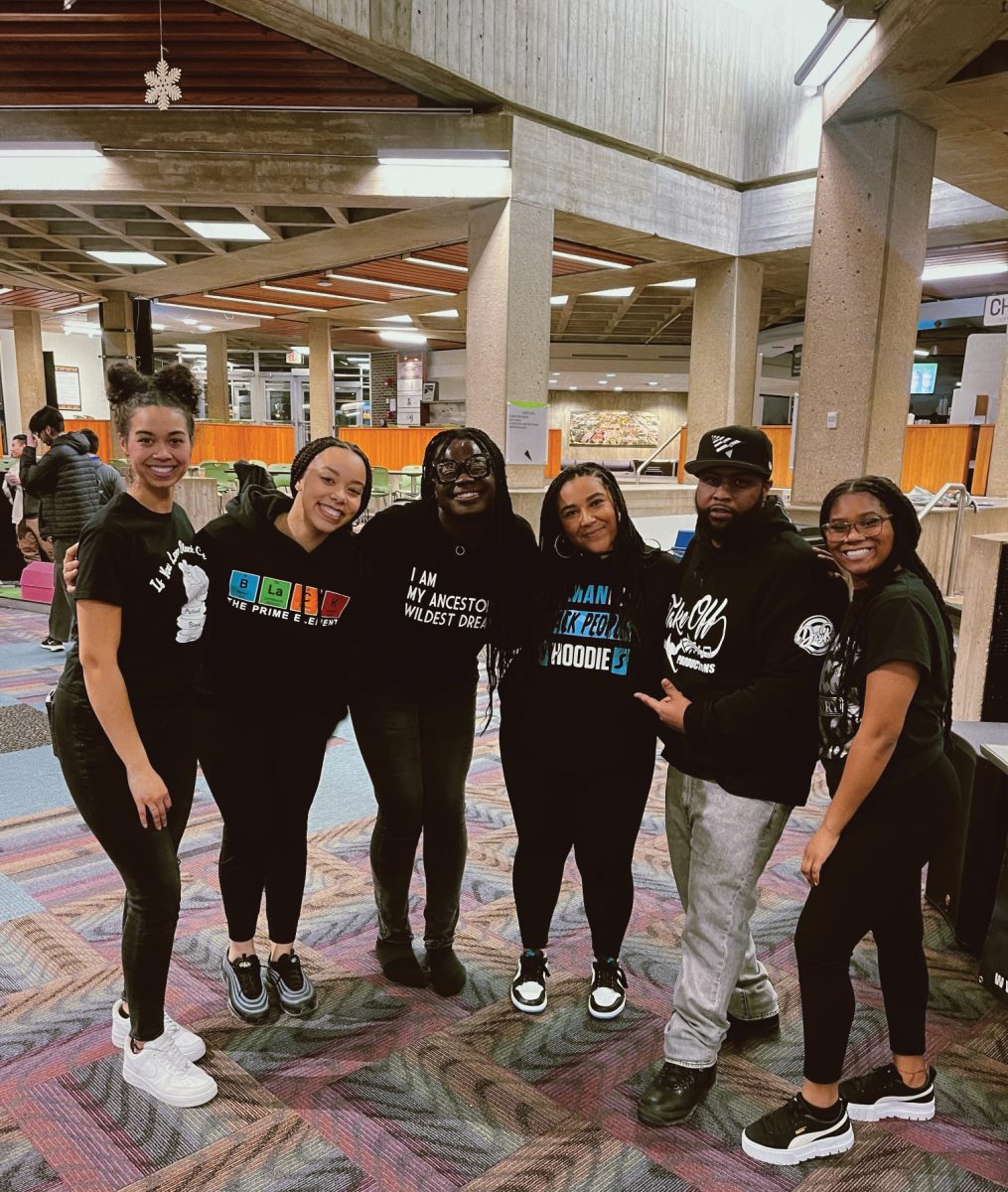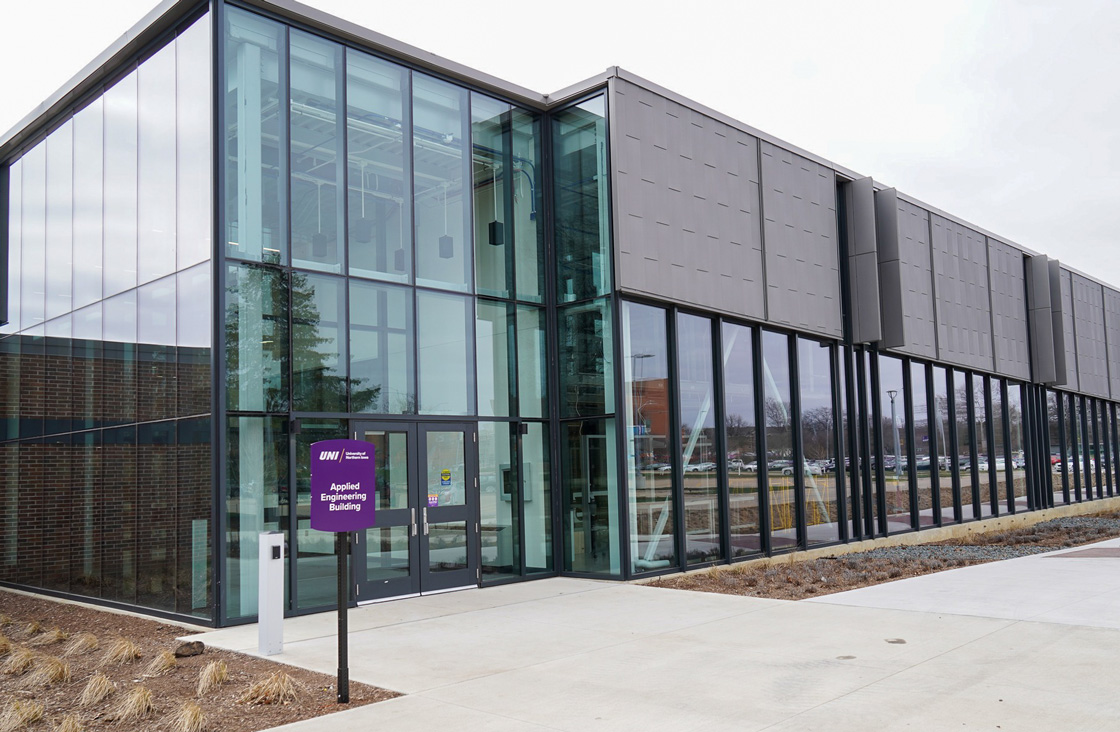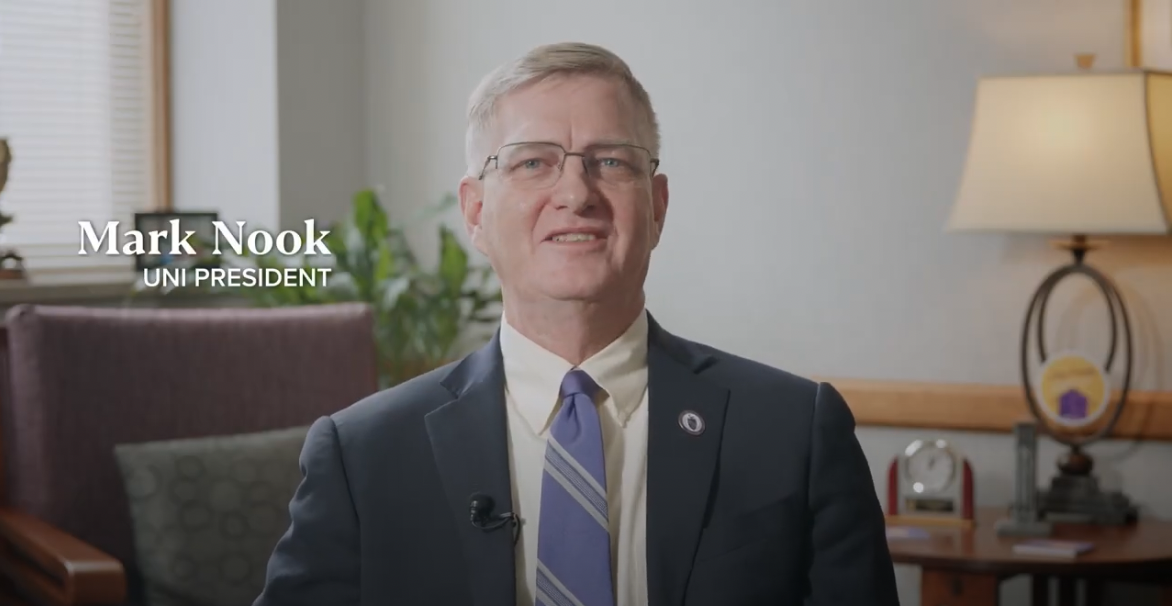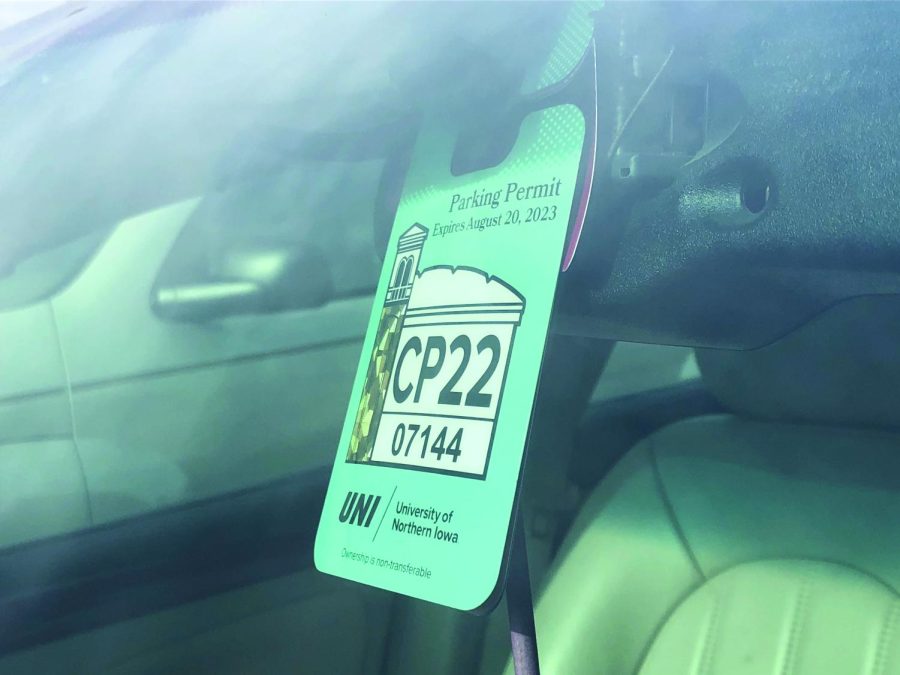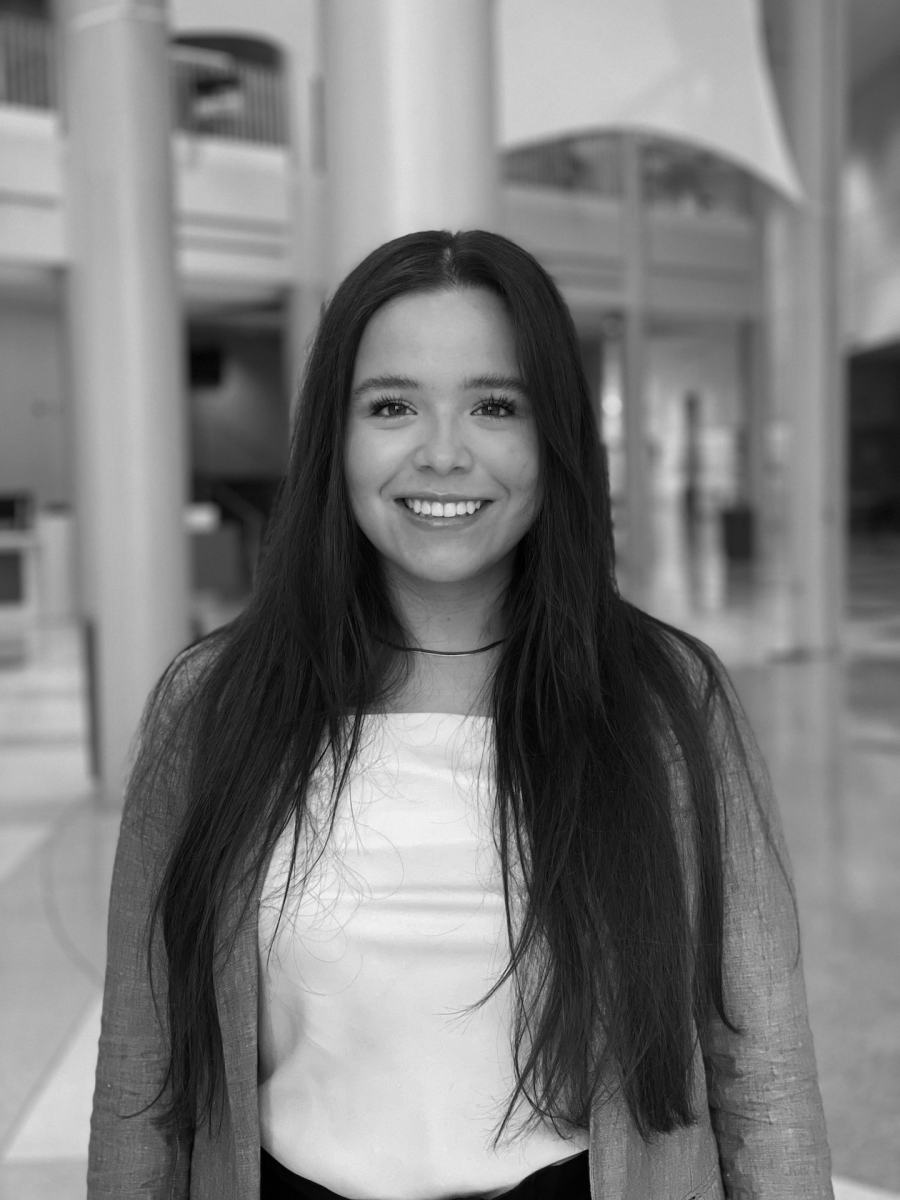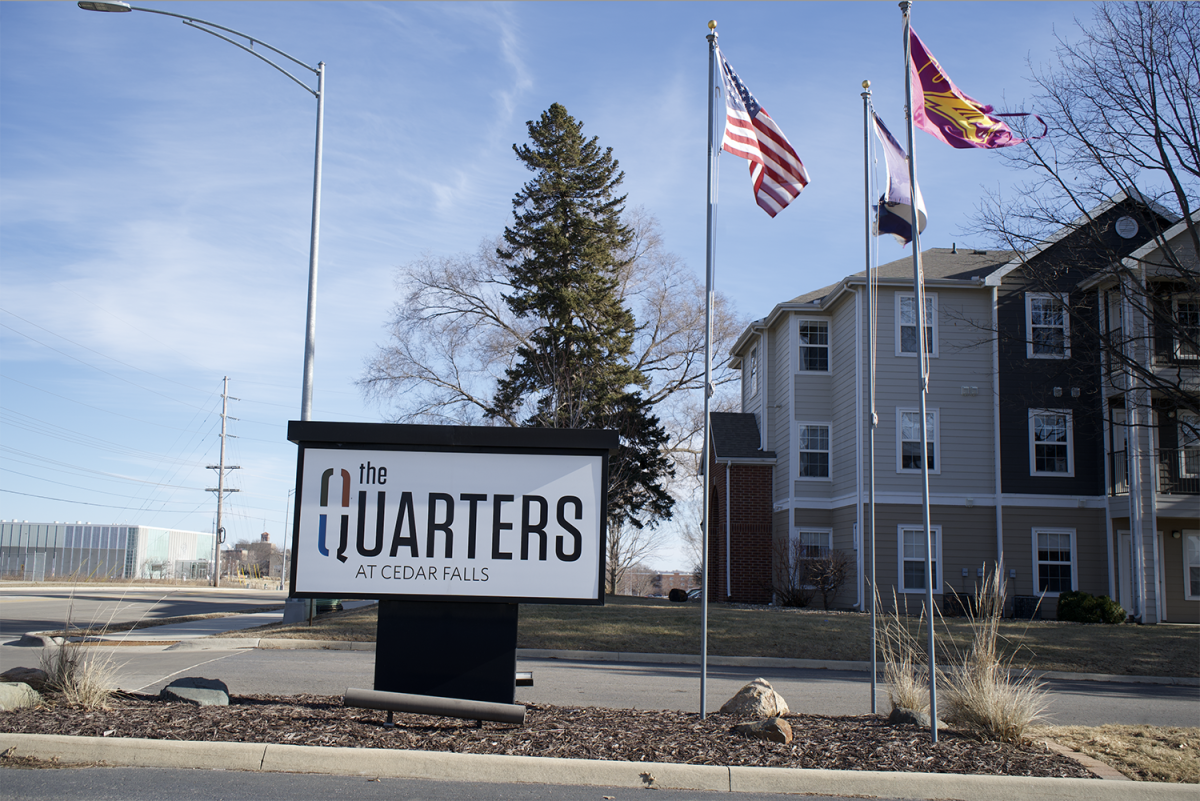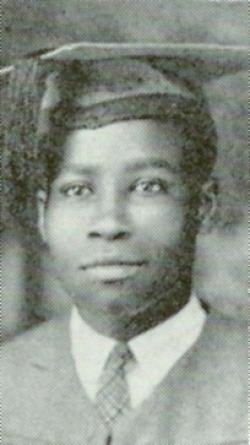
Editor’s Note: This article is part of the essay “International Students at UNI, 1896-1967,” by University Archivist Gerald L. Peterson for UNI Special Collections and University Archives. It was last updated in 2015. The full essay can be found here.
By 1927, and possibly a bit earlier, Leo Eleazor Stewart enrolled in the Teachers College. He was from the Virgin Islands, though it is now unclear whether it was the British or the American portion of that island group. Mr. Stewart was a truly unusual person at the Teachers College: he was a black international student. He was elected to Pi Gamma Mu, the social science honorary society, in the fall of 1928. Later that year he became ill and was hospitalized, but was back in school for the next term. He served as secretary pro tempore of Men’s Forum, the men’s branch of student government. He was elected president of that group in the spring of 1929. He took part in debate and was a member of the Hamilton Club, a group dedicated to public speaking. Mr. Stewart participated in the affairs of the Catholic Student Association.
Mr. Stewart graduated with a Bachelor of Arts degree in August 1929. A few other black students had attended the school in earlier years and had earned diplomas or certificates. However, Mr. Stewart was possibly the first black student to earn a full bachelor’s degree from the Iowa State Teachers College. Following graduation he tutored Spanish in Chicago and studied at the University of Chicago. He also later studied at Miami University and the University of Mexico. By 1935 he was teaching Spanish, manual arts and social science at Paul Lawrence Dunbar High School in Dayton, Ohio. In 1937 he married Gladys Eunice McNeel, of Chicago. They had a son, Carlos Guillermo, in 1942.
In 1953 Mr. Stewart, then still teaching in Dayton, received a fellowship to study at the Universidad Nacional Autonoma de Mexico. He died in about 1976.
It is interesting to speculate where Mr. Stewart might have lived while studying at the Teachers College. Given his religious faith, it is possible that the local Catholic church might have found a place for him to live.


